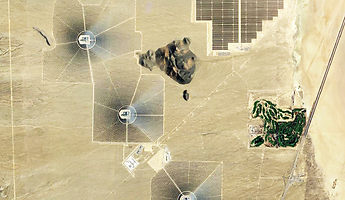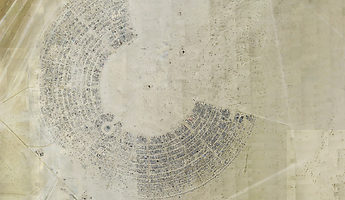
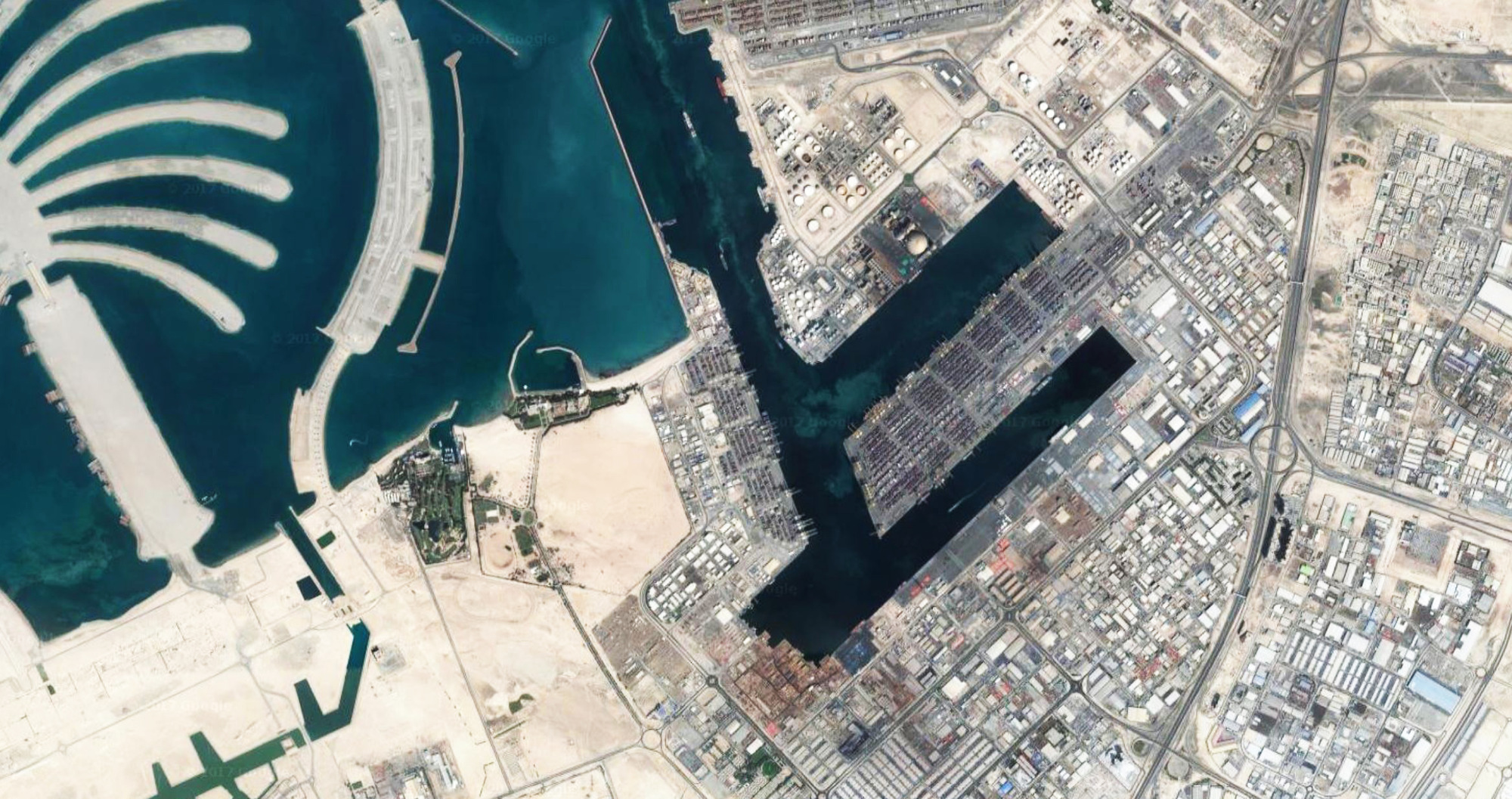
Culture and Commerce part three: making up
A third way: critical co-opting
Ideas, techniques and new technologies are constantly being appropriated across all manner of institutions, however the effects of implementing these strategies is almost never a 1:1 translation. The culture of co-opting demonstrates how the same tool produces different effects depending on its implementation. The use of digital technology has allowed the museum becomes more responsive, the festival more permanent, while the concert hall occupies a mid-ground between the two.
Rather than reject moments of imbalance between culture and commerce, or alternatively acquiesce toward purely commercial motives, the following proposition tables a third way. The following series of observations and approaches call for a more critical approach to co-opting, one that identifies and addresses a global imbalance between the cultural production of art, its public visibility and its monetary value:
THE FREE PORT ART GALLERY
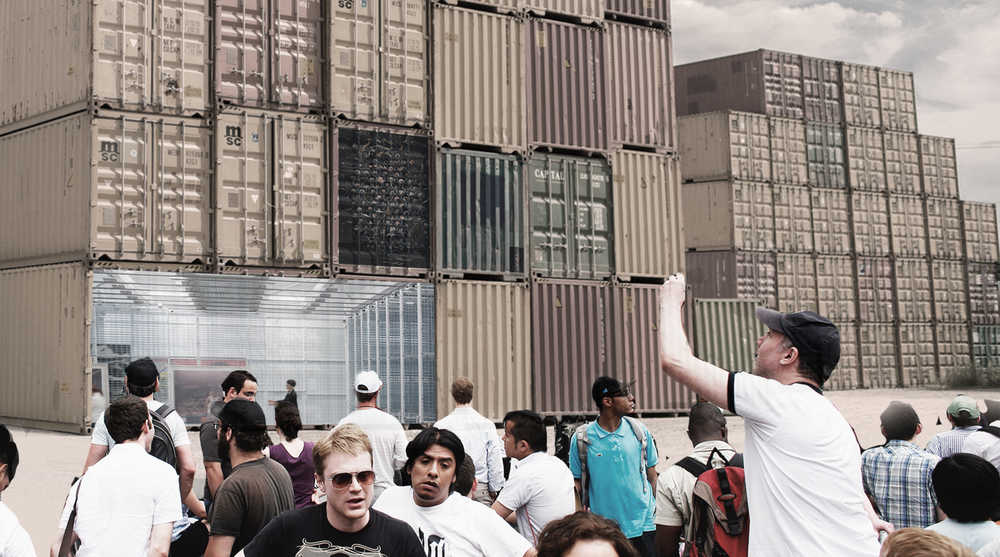
Shrouded in anonymity, free ports have become ideal locations for parking the surplus of private art collections. In these facilities, they are left to appreciate in value, in isolation and without accruing sales tax.
As a design project, the Free Port Art Gallery poses significantly different challenges from the typical operational, aesthetic and political concerns of traditional museums. These key differences require alternative approaches to old problems in order to design a new relationship between culture and commerce.

A global network
Free ports exist within a large global network of storage facilities, many of which now cater to the security demands of luxury goods. This suggests that the design of a Free Port Art Gallery should not pose as a fixed solution, but rather an open system - capable of negotiating the demands of security, travel logistics, and display.
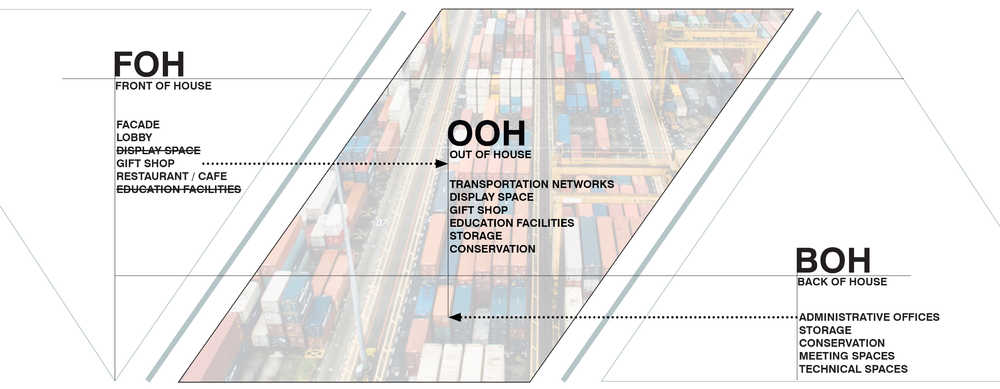
Collection of components
Discourse on the future of museums has been dominated by methods of physical and digital expansion, with the ambition to reach new audiences and expand the repertoire of possible exhibitions. This requires logistical consideration of the relationship of front of house (the public face of the museum) and back of house (storage, conservation and administrative functions).
The Free Port Art Gallery shifts the discourse toward a third condition: out of house. In doing so, the traditional components of a museum can be re-thought as they explicitly confront the vagaries of the global art market via the spatial constraints of free port art storage facilities.
Strategies
These following observations on the existing conditions of Free Ports are crucial markers for distinguishing the Free Port Art Gallery from conventional museums. Although some of these points may initially appear unpromising, we see enormous potential in them as the basis for alternative forms of public space, and new relationships between culture and commerce.
No address, hidden value
Museums typically contribute to an increased property value of their surrounding context. The Free Port Art Gallery does not have this effect because there is no evidence of investment, nor indication of the value of the works inside.
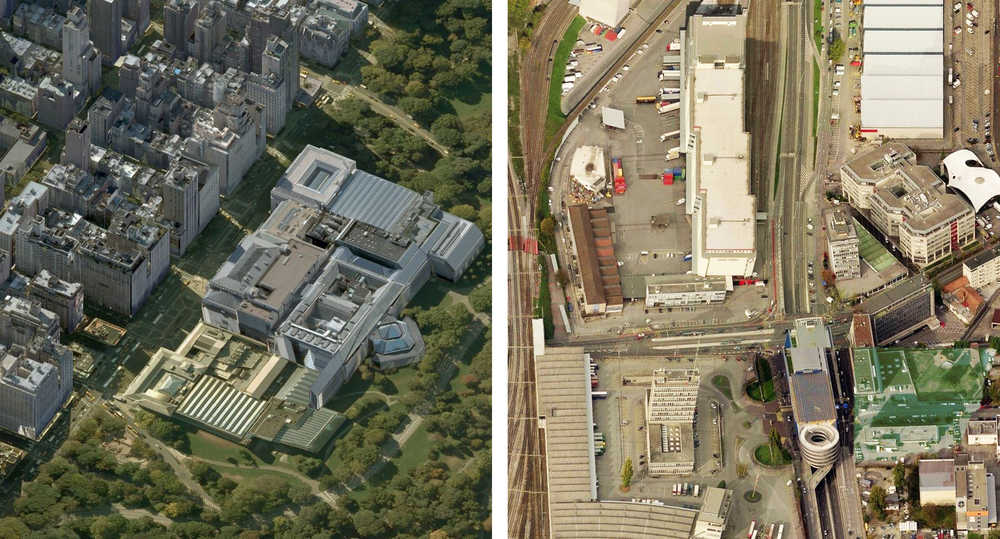
No facade
The facades of free ports are the ultimate expression of anonymity.
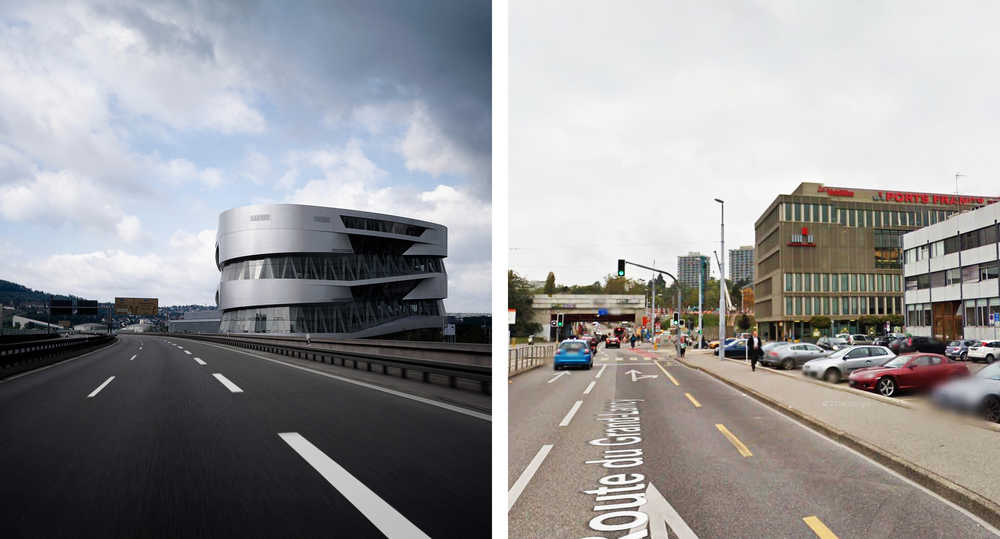
Accessible accumulation
It is well documented that many apartment towers serve as physical repositories of capital. Although similarly treated as an investment, art is unique insofar as it represents an opportunity to make private property, and the object of wealth accumulation more widely accessible.
The Free Port Art Gallery creates an interface between the anonymity of the owner, and the accessibility of a museum.

New forms of advertising, new forms of curation
Museums typically advertise exhibitions on the promise of showing specific works. This approach is undone in the Free Port Art Gallery - because the artwork and owner is unknown, and could be recirculated without warning.
To visit the Free Port Art Gallery is a lottery - in both content and duration.
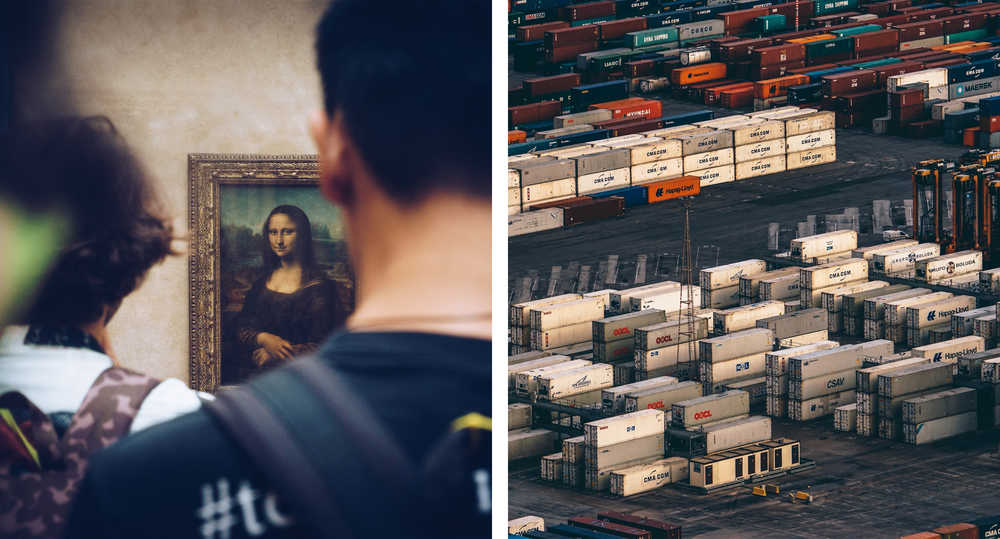
Authors: Julia Gottstein and Nick Roberts
Header image: Dubai Ports Authority, Free Zone. Source: Google Maps
